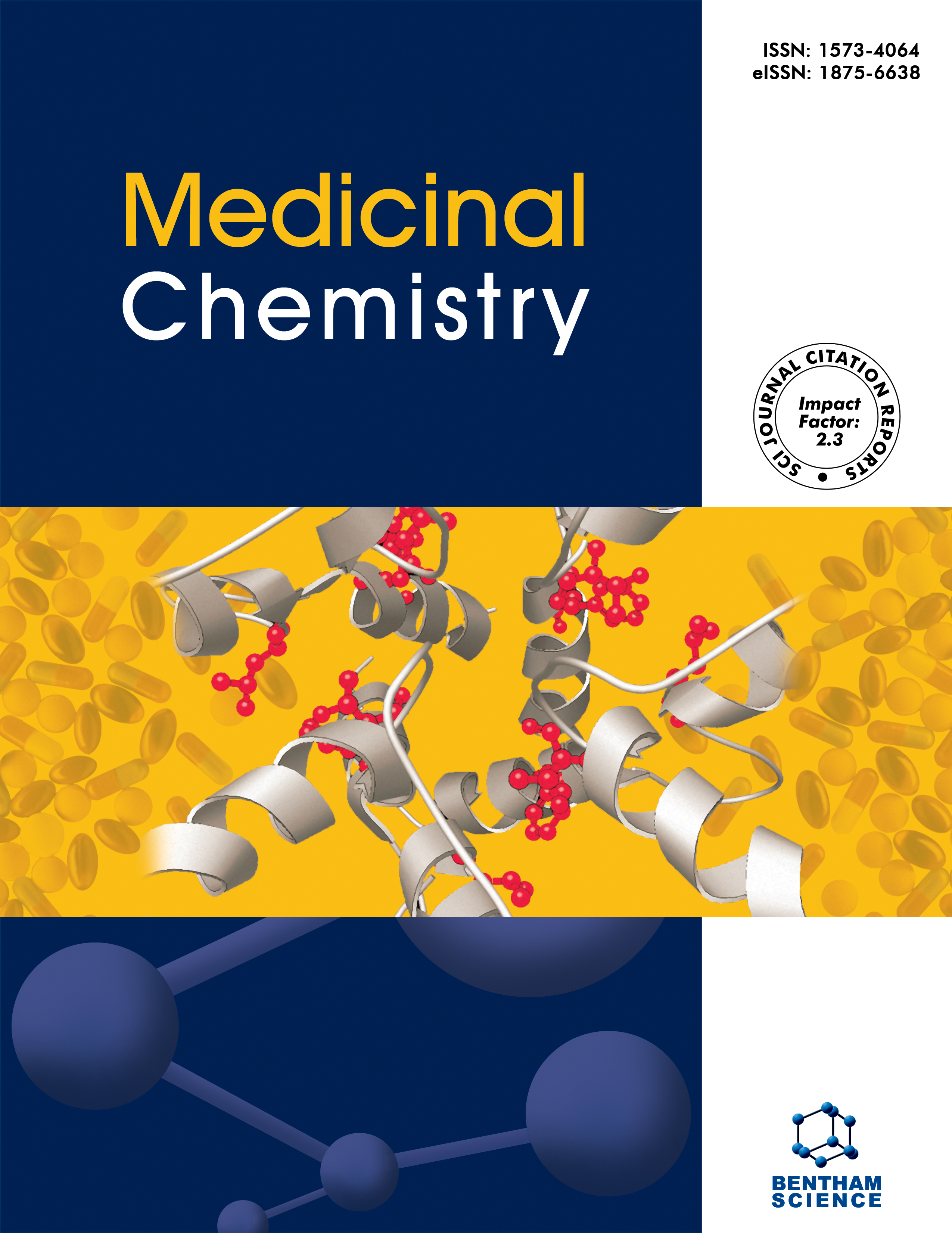
Full text loading...
Although platinum and ruthenium complexes have been clinically recognized to be the most efficient metal-based anticancer candidates, applied in a wide range of cancer cell lines, their serious toxic effects and drug resistance require the necessity for new metal antitumor complexes. There is excessive interest in the design of new Pt-group metal complexes, including osmium and rhodium, which have revealed great chemotherapeutic potential. They have demonstrated modes of action that differ from those of the most broadly-used in clinical practice platinum- and ruthenium-based compounds. Os and Rh complexes are equipotent to their platinum and ruthenium analogues. Many Os- and Rh-based complexes with strong antitumor activity and low toxic effects have been developed and recognized for their antineoplastic activity in the last few years. Some of them have exposed different action profiles from the conventional anticancer metal complexes. That is why they might serve as a possible alternative that deserves more investigation, though limited studies on their biological effects have been reported, which is in contrast with the classical isoelectronic Pt and Ru complex compounds. Studies of Os and Rh complexes are currently attracting scientific attention. Recent developments of this interesting class of novel chemotherapeutic agents have been reviewed.

Article metrics loading...

Full text loading...
References


Data & Media loading...

